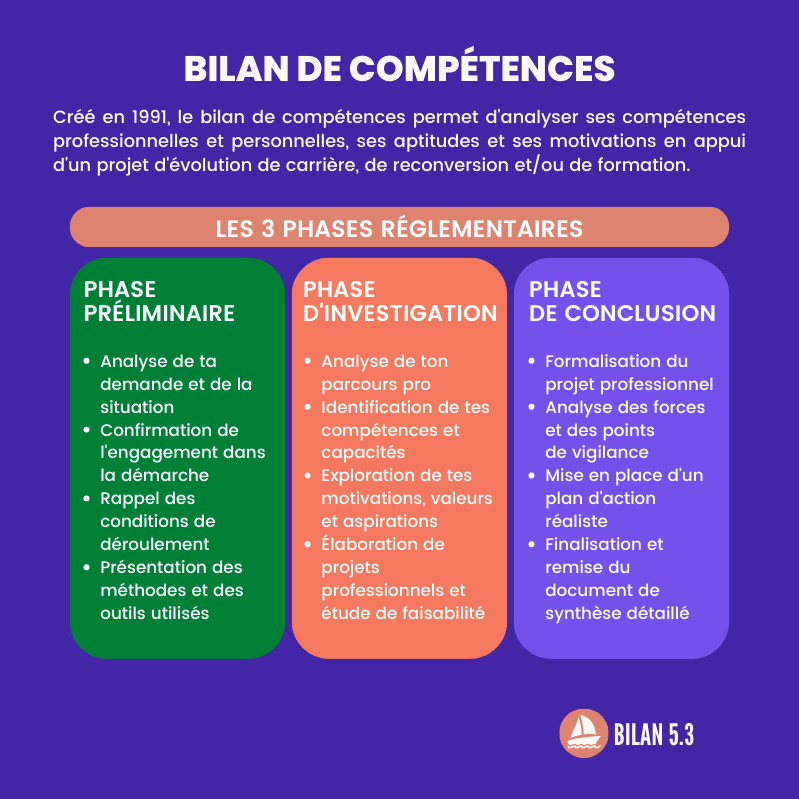Commonly known as “rat disease”, leptospirosis is a bacterial infection caused by the bacterium Leptospira interrogans.
It is a zoonosis, that is to say a disease that animals can transmit to humans and vice versa. Generally, the contamination is done by the exposure of an injured mucous membrane or skin to infected water. Indeed, this bacterium appreciates heat and humidity, it develops in humid environments and can remain alive for several days in good conditions. In fact, it is the urine of contaminated animals that will infect certain waters: fresh water, earth, muddy soils… Dogs can also be contaminated and in them, the disease can be serious, even fatal.
What are the symptoms ?
In humans too, the disease can be fatal if not treated well. An infection by Leptospira interrogans causes sepsis, that is, a generalized infection of the body from a single source of infection. The symptoms can be more or less serious depending on the forms of the disease.
After 4 to 14 days of incubation, the patient may express various non-specific symptoms:
- High fever
- Chills
- Headache
- Muscle aches
- Diffuse joint pain
In the moderate form, the evolution of the disease remains at this stage but in some cases, it can progress to damage to the kidneys, liver, meninges or lungs. And in 20% of cases, it is complicated by a hemorrhagic syndrome (source: Pastor Institute) in addition to multi-organ damage
If the patient can take time to heal, he generally does not suffer from sequelae even if, later, they can have ocular complications (uveitis, keratitis).
But according to estimates by the World Health Organization and the Leptospirosis Epidemiology Reference Group (LERG), this infection could cause 1 million cases a year, including 60,000 deaths. , i.e. a mortality rate four times greater than that of dengue, for example.
How is the diagnosis made?
In fact, to detect the presence of leptospira (in blood or urine), a DNA detection test would have to be done. But what is practiced most often is a blood test to detect the presence of antibodies carried out in two stages: if the first test is positive, an antibiotic treatment can be put in place.
If the test is negative, another test is carried out 8 to 21 days later to be certain that contamination has not gone unnoticed (due to the latency between infection and the measurable production of antibodies directed specifically against leptospira). (Source: Health Watch Institute)
What treatment for leptospirosis?
To treat this bacterial infection, the treatment is based above all on the administration of antibiotics (amoxicillin, cephalosporin and cyclins) as soon as possible to relieve the symptoms as quickly as possible and prevent possible complications. In the most serious cases, hospitalization may be necessary.
In France, vaccination is offered to highly exposed workers (mainly sewer workers and garbage collectors). In any case, compliance with protective measures (gloves, boots, goggles) is essential.
Note that dogs can also be vaccinated.
What is its incidence rate in France?
Leptospirosis is present on French territory, including in metropolitan France, according to a 2017 publication of the Weekly Epidemiological Bulletin (BEH). Experts are wondering about the possibility that this resurgence of the disease is an effect of global warming.
“A year ago, the National Reference Center for Leptospirosis (Institut Pasteur, Paris) reported two cases of leptospirosis among prisoners in Fresnes prison. This information, later taken up by the national press and amplified by the debate on the material conditions of detention, briefly gave the spotlight to “rat disease”. Since then, leptospirosis has fallen back into the media anonymity of bacterial diseases,” recalled Dr. Eric Bertherat of the World Health Organization, in the BEH press release. “ Overseas departments and communitiesWed, leptospirosis is therefore, unsurprisingly, a significant public health problem: sustained endemicity, seasonal upsurge, even epidemics following climatic events such as cyclones “, recalls the Bulletin.
But, in mainland France, the incidence of leptospirosis over the past two years has reached 1 case per 100,000 inhabitants, the highest rate since 1920, despite the vaccination of occupationally exposed people, sewer workers, veterinarians and other divers. in fresh water. ” Should we see the effect of “climate change”, the development of leisure activities or simply better epidemiological surveillance? »asks Dr Eric Bertherat of the WHO in an editorial in the BEH.
Read also:
Watch out for zoonoses!
















